
On the Inside: Altered Alternative Splicing in Virus-Infected Plants
Plant Physiology, Plant Physiology: On The Inside
Viruses have small genomes with limited protein-coding capacities. To compensate for this, viruses modulate plant gene expression and co-opt host factors to support their replication, cell-to-cell movement, and systemic movement. Modulation of host gene expression can lead to the development of disease…
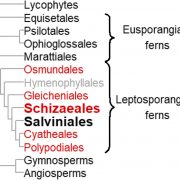
On the Inside: Blue Light Sensitivity in One Order of Ferns
Plant Physiology, Plant Physiology: On The InsideStomata respond to changes in the light environment through multiple mechanisms that jointly regulate the tradeoff between carbon assimilation and water loss. The rapid and highly sensitive widening of stomatal aperture in response to low-fluence blue light is present in most vascular plant groups but…
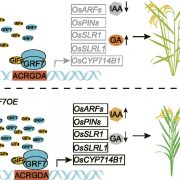
On the Inside: A Glucose-Dependent Feedback Loop Involved in Root Growth
Plant Physiology: On The InsideSucrose is the major source of carbon for plant cells, and consequently sucrose catabolism in plants is one of the largest metabolic fluxes in primary carbon assimilation. However, sucrose cannot be directly utilized in plants. Therefore, after arriving at a sink, sucrose must be hydrolyzed. In the…
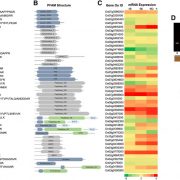
On the Inside: Serine Hydrolases and Lipid Mobilization During Seed Germination
Plant Physiology: On The InsideDuring seed germination, lipolytic enzymes are involved in the mobilization of lipid reserves. In particular, the lipolytic activities of lipases and esterases play crucial roles in proper seedling growth and development. Lipases and esterases belong to the serine hydrolase (SH) superfamily. Established …
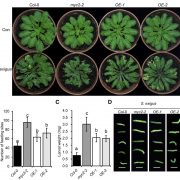
On the Inside: Cell Wall Acetylation
Plant Physiology: On The InsideIn plant cells, cellulose microfibrils make up the basic skeleton of the rigid cell wall while hemicellulose and pectin fill the space between cellulose microfibrils. Cell walls constitute the first wall in plant defense against pathogens and cell wall polysaccharides, and their acetylation status greatly…
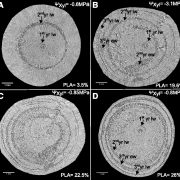
On the Inside: Recovery from Drought Stress in Scots Pine
Plant Physiology: On The InsideTrees often do not die during a drought but may succumb weeks to years later. Drought-induced damage may persist by incomplete recovery of plant hydraulic and metabolic processes, making trees vulnerable to pests and pathogen attacks. In the case of conifers, which have no vessels and low levels of parenchyma…
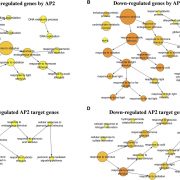
On the Inside: APETALA-2 and Meristem Arrest
Plant Physiology: On The InsideThe number of flowers that an inflorescence is able to produce, and therefore the number of fruits and seeds, depends on the activity of the shoot apical meristem (SAM) and the length of the flowering period. In monocarpic plants, the end of flowering is associated with a senescence process called global…
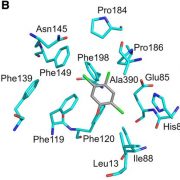
On the Inside: Biosynthesis of Trilobatin, a Natural Sweetener
Plant Physiology: On The Inside
The current epidemics of obesity and type 2 diabetes have led to considerable interest in the commercial development of non-sugar sweeteners to reduce calorie intake. Trilobatin. a plant-based sweetener that is ~100X sweeter than Suc, is found at high concentrations in the leaves of a range of crabapple…

A Molecular Determinant of Rice Plant Architecture
Plant Physiology, Plant Physiology: On The InsidePlant architecture is a major determinant of rice (Oryza sativa) productivity. Rice plant architecture is mainly defined by plant height, the spatial pattern of leaves, and tiller and inflorescence branching patterns. Plant height and tiller branching determine the biomass and harvest index, while the…

